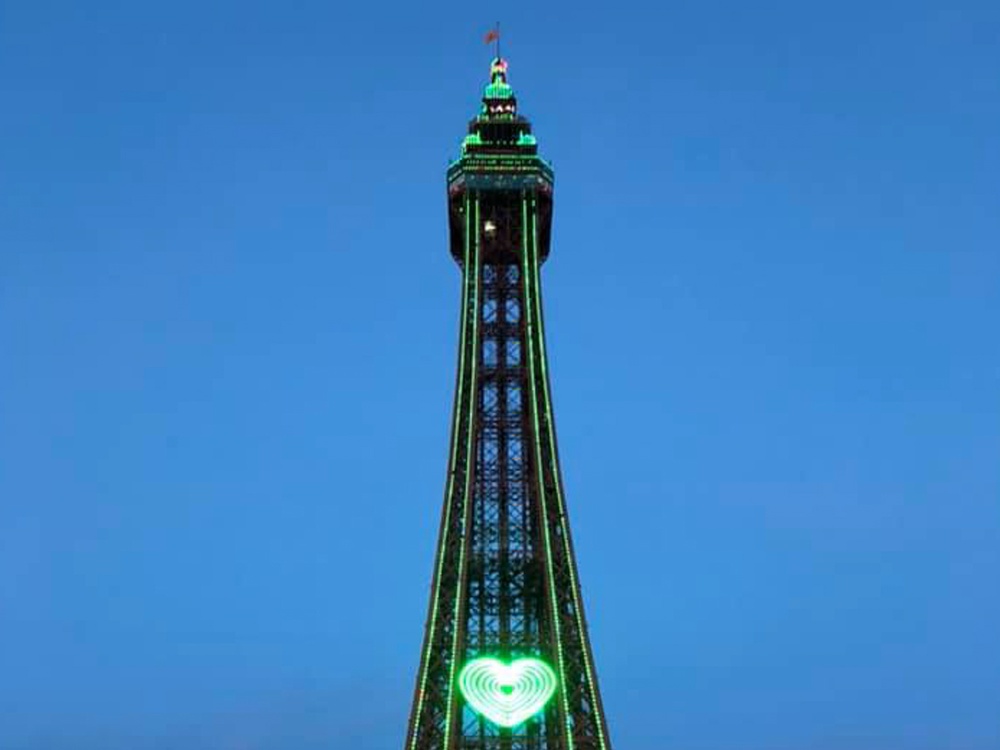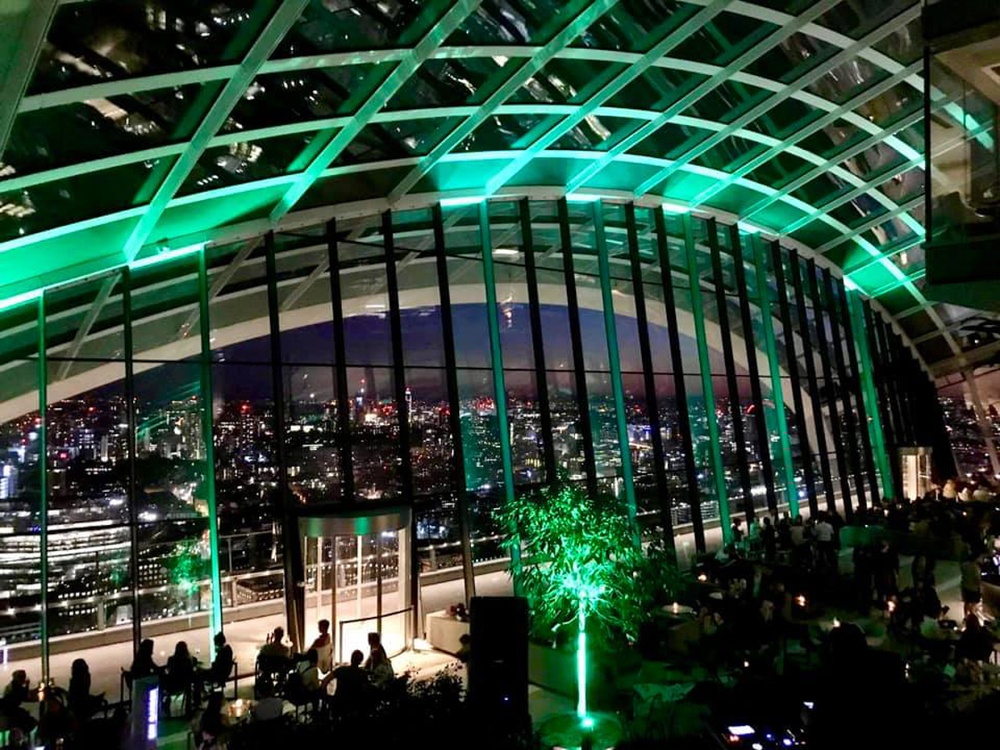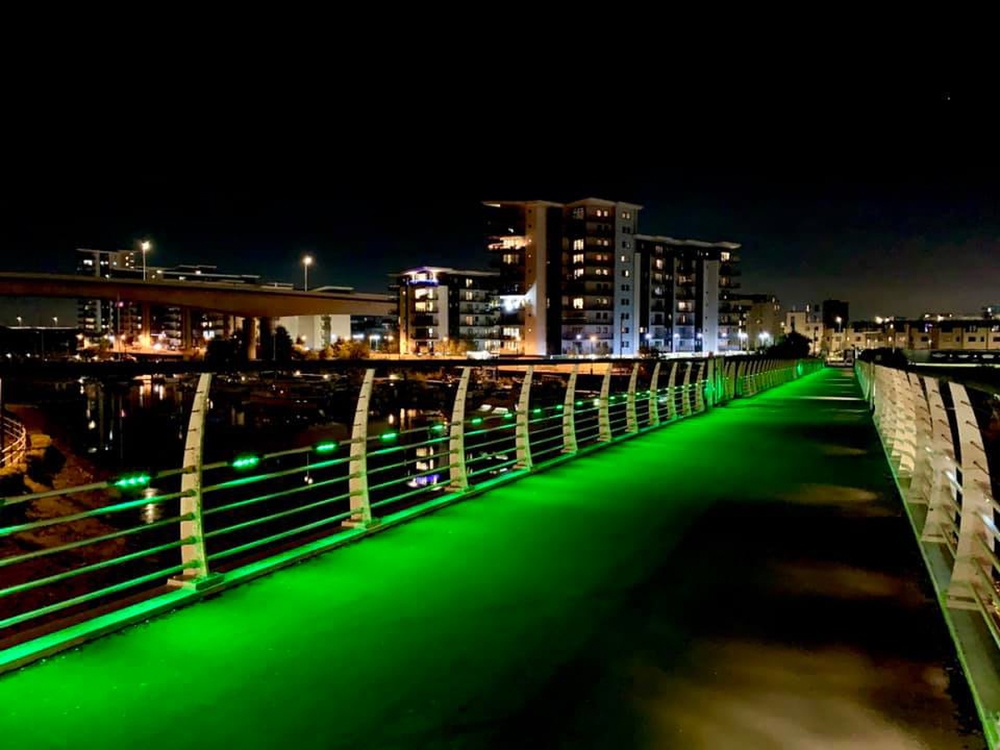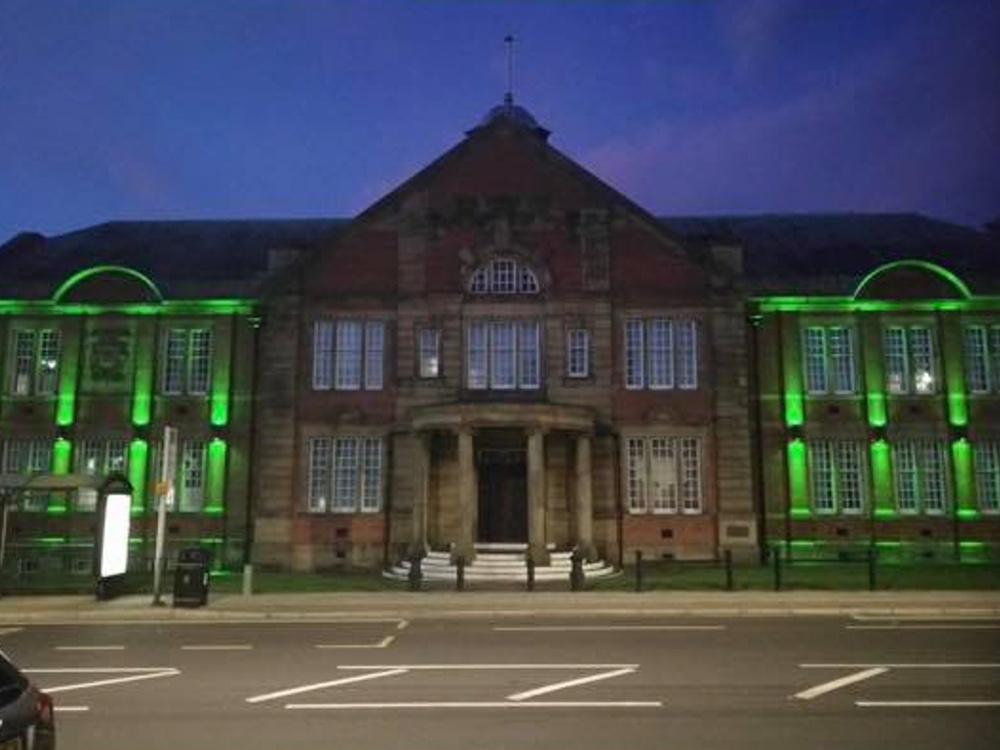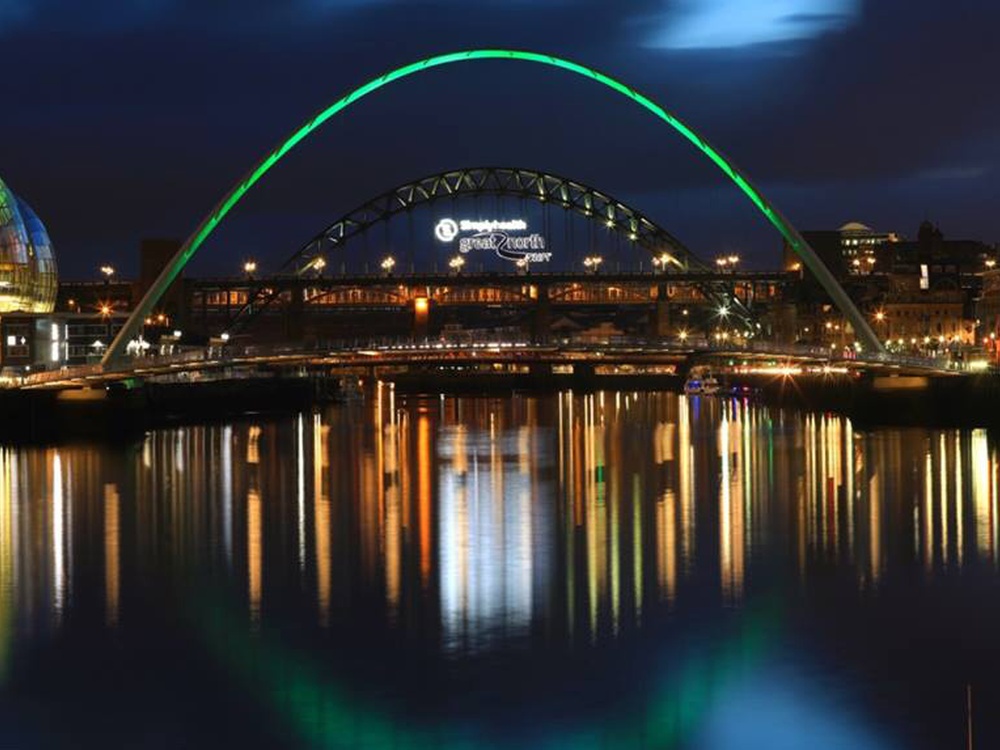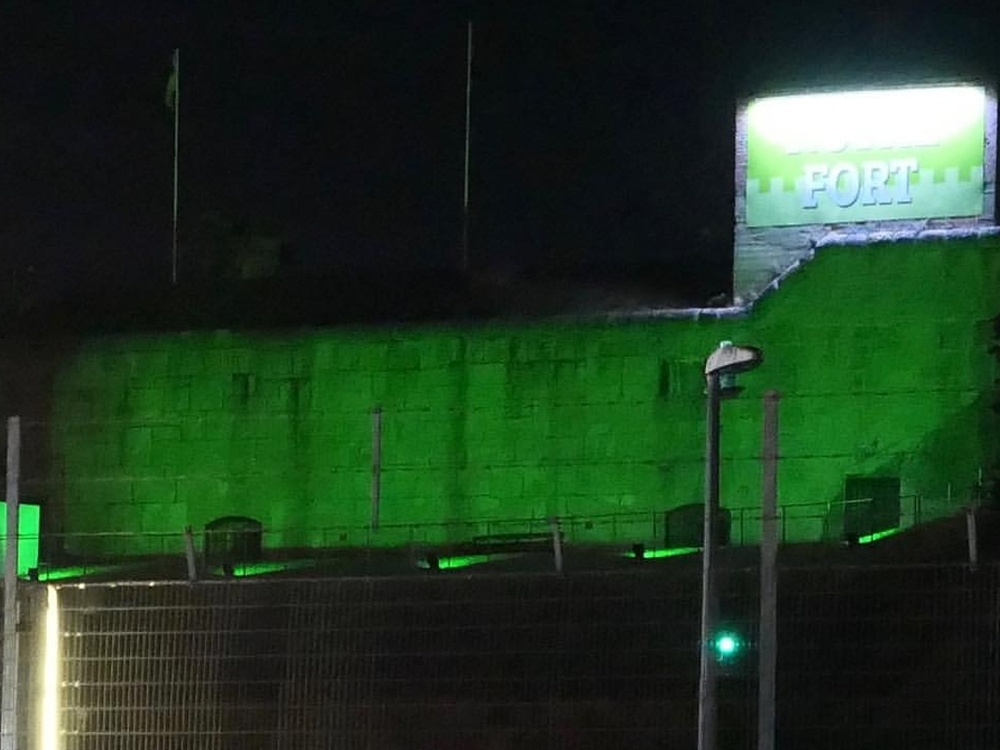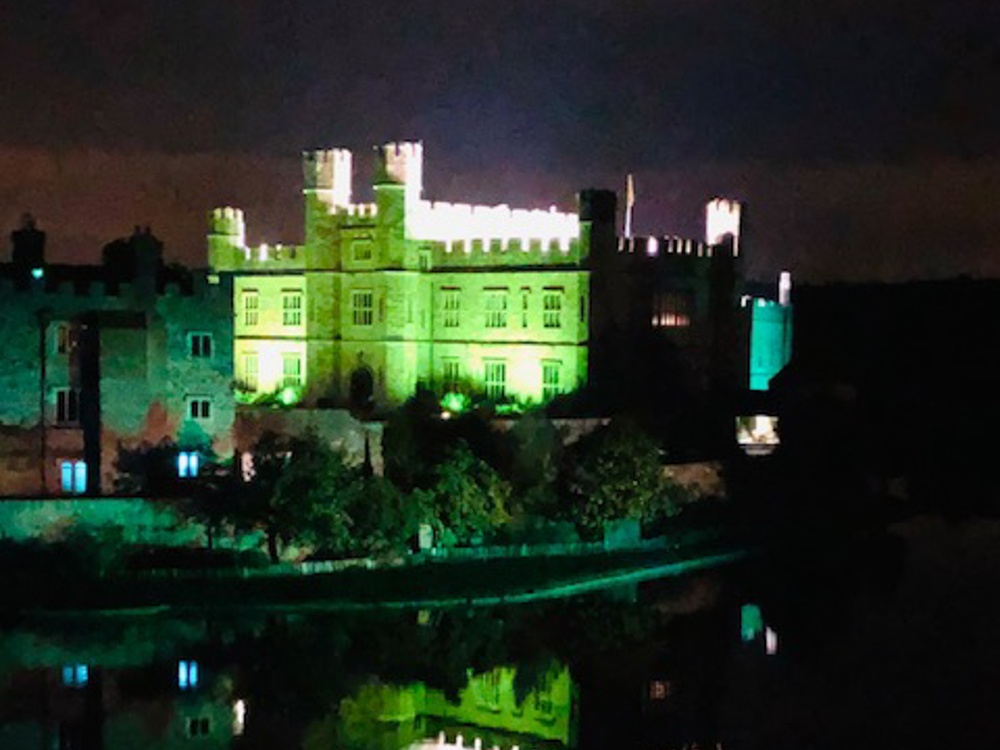The Sky Garden at 20 Fenchurch Street in London (the 'Walkie Talkie' building), Caerphilly Castle in Wales and Guildhall Square in Londonderry, Northern Ireland are also among the sites 'going green' to mark Global Mitochondrial Disease Awareness Week (15-21 September).
The sites will join hundreds of others around the world in the annual event. Last year's participants included the Eiffel Tower and Rio's Christ The Redeemer statue.
Many UK families affected by mitochondrial disease have been writing to their local councils to ask them to take part. The result has been hugely positive, with churches, town halls and historical buildings around the country agreeing to go green.
Liz Curtis, CEO and co-founder of The Lily Foundation, the UK's leading mitochondrial disease charity, commented:
"We're overwhelmed by the support we've had for this important initiative, and delighted to see so many famous buildings taking part. Mitochondrial disease is a devastating illness that can affect any person at any time in their life, so it's vital to educate and inform the public about it, and to fund research into effective treatments. We're so proud of our 'Lily families', who as usual have worked so hard to raise awareness, and grateful to the local authorities and sites that have agreed to light up green."
Mitochondrial disease, or 'mito', is an incurable, progressive and potentially life-limiting genetic disorder that affects an estimated one baby born in the UK every day. Recent research has found links between mitochondrial disease and other serious diseases including diabetes, Parkinson's, epilepsy and dementia. Since 2007, the Lily Foundation has worked to raise public awareness about the disease, provide support to those affected, and fund scientific research towards a cure.
7 facts about mitochondrial disease
- Every day in the UK a baby is born who will develop a mitochondrial disease.
- Mitochondrial disease is the most common inherited metabolic disorder.
- Mito can affect any organ in any person at any age.
- Mitochondrial disease is a common cause of strokes and seizures in children.
- The symptoms of mito can resemble other serious disorders, making it difficult to diagnose.
- Mitochondria are present in almost every cell in the body, and produce 90% of the energy we need to live.
- Research into mitochondrial disorders could help unlock cures for other serious illnesses including diabetes, epilepsy, dementia and Parkinson's.

